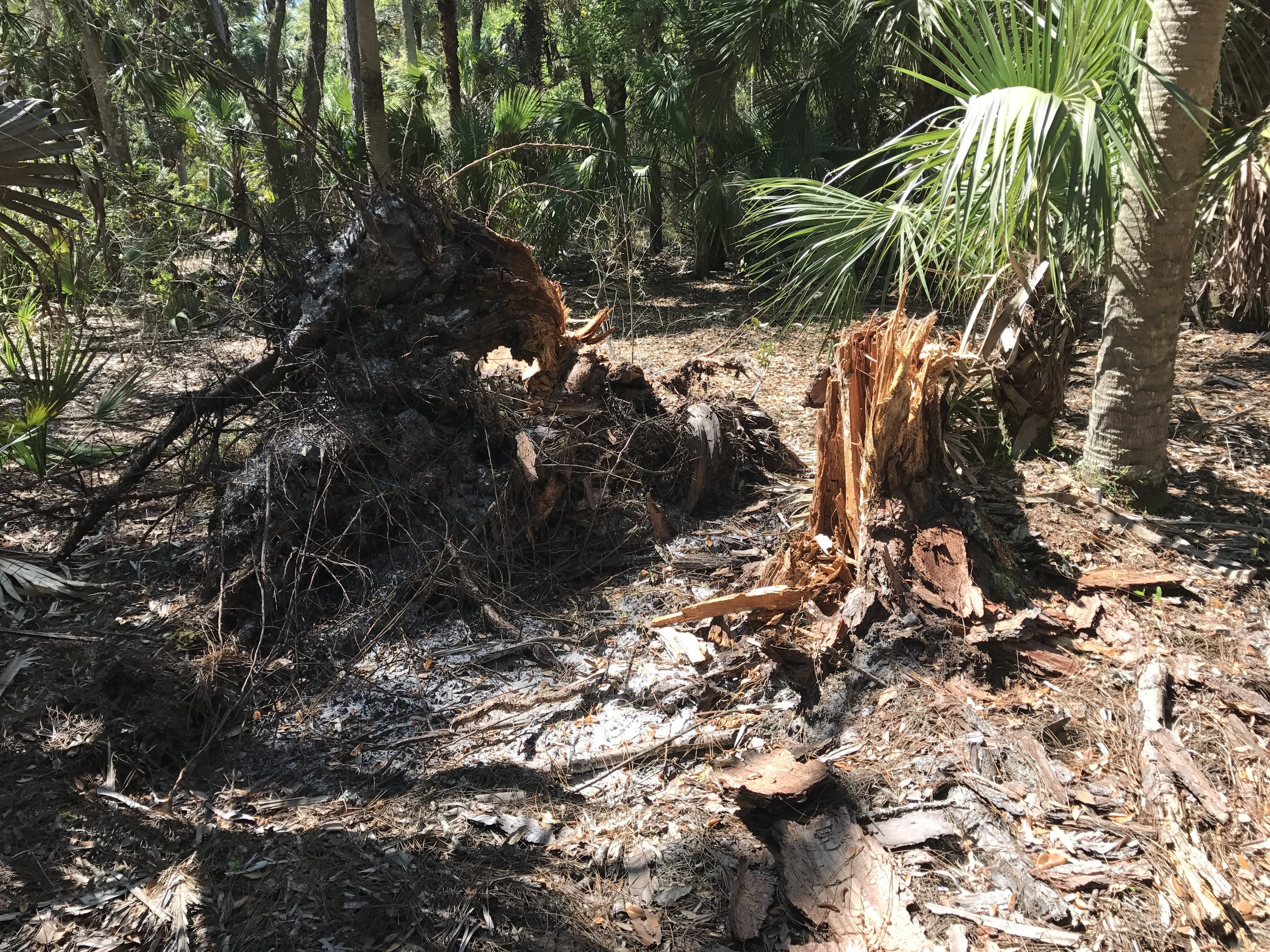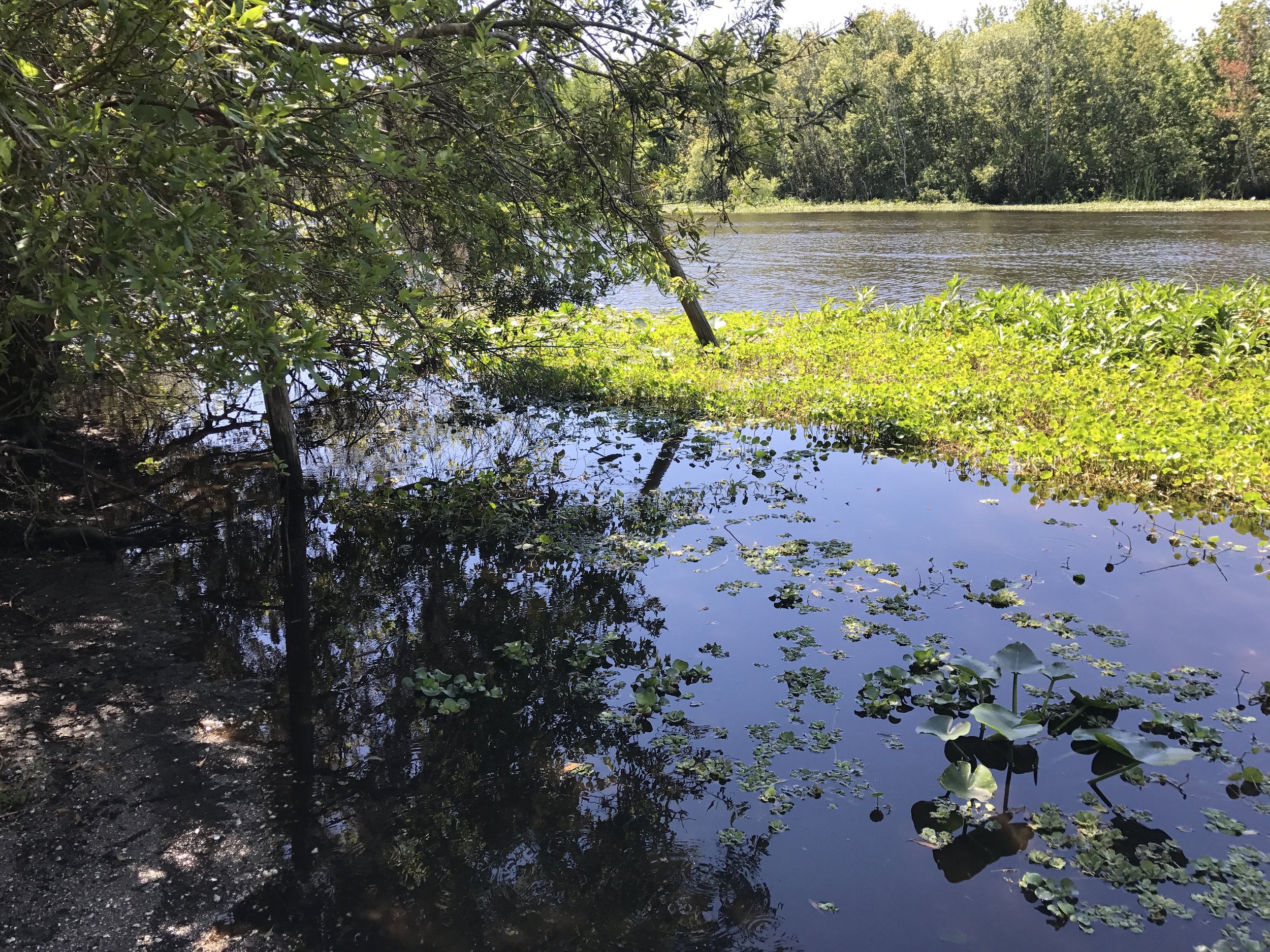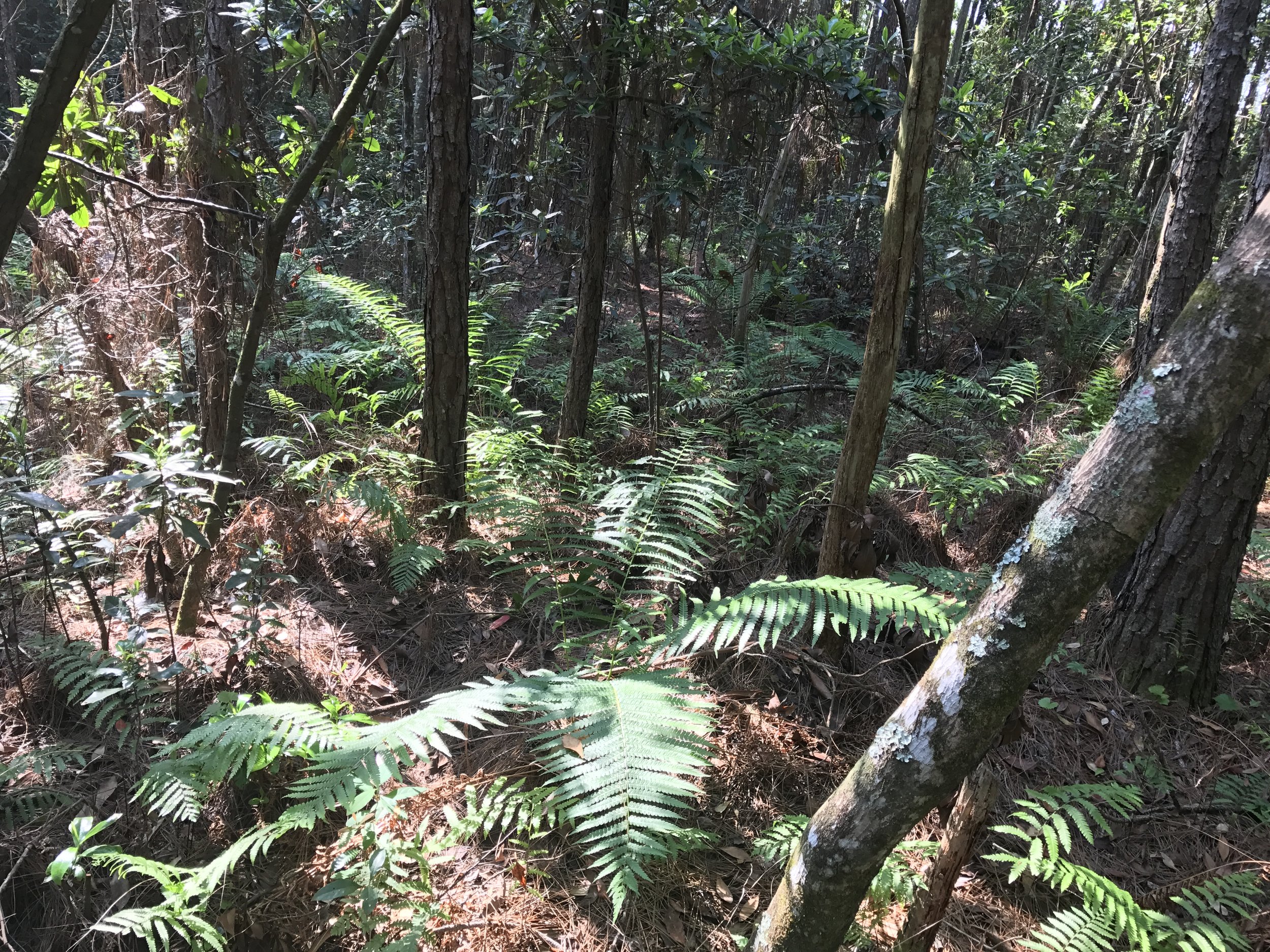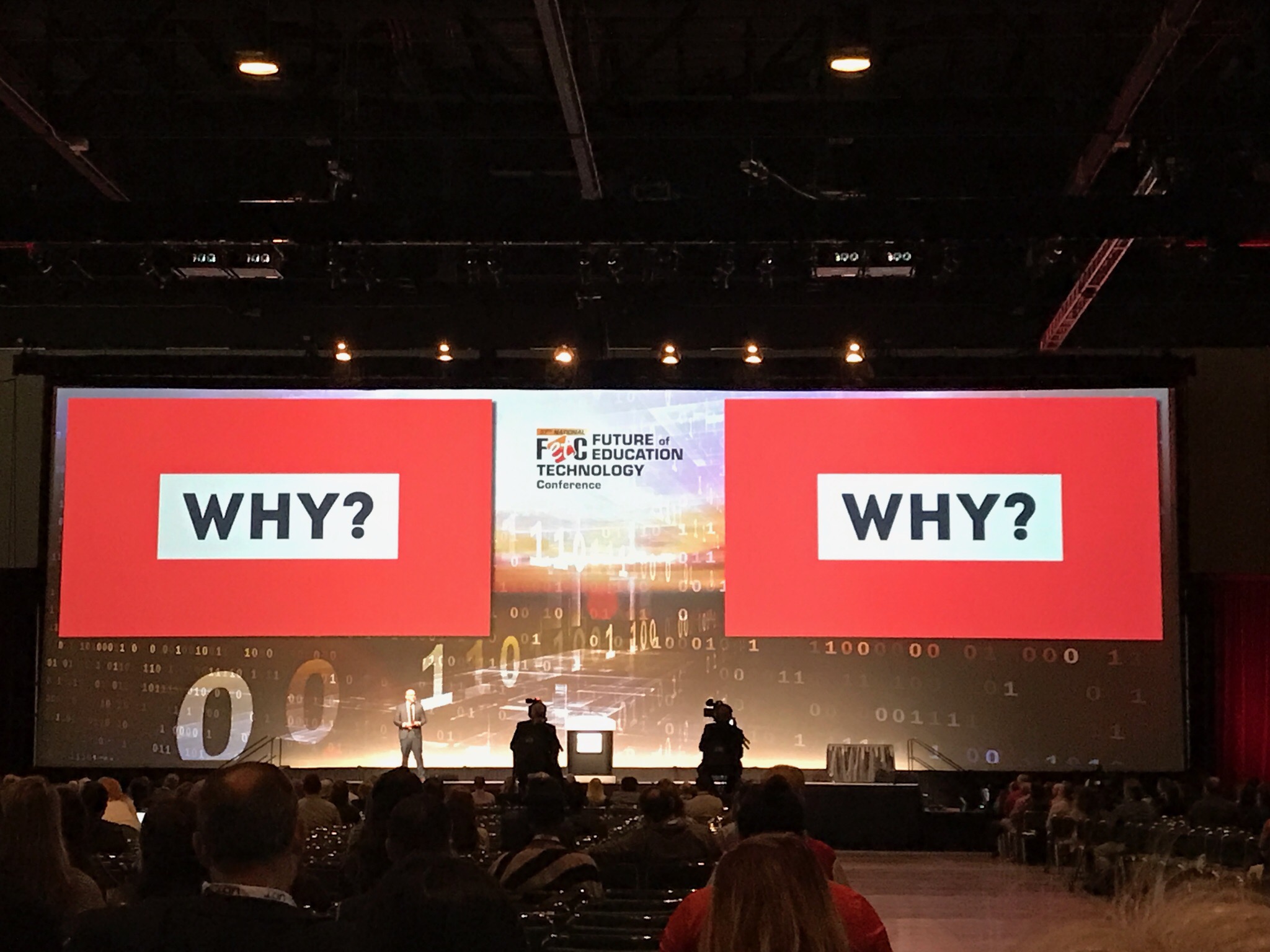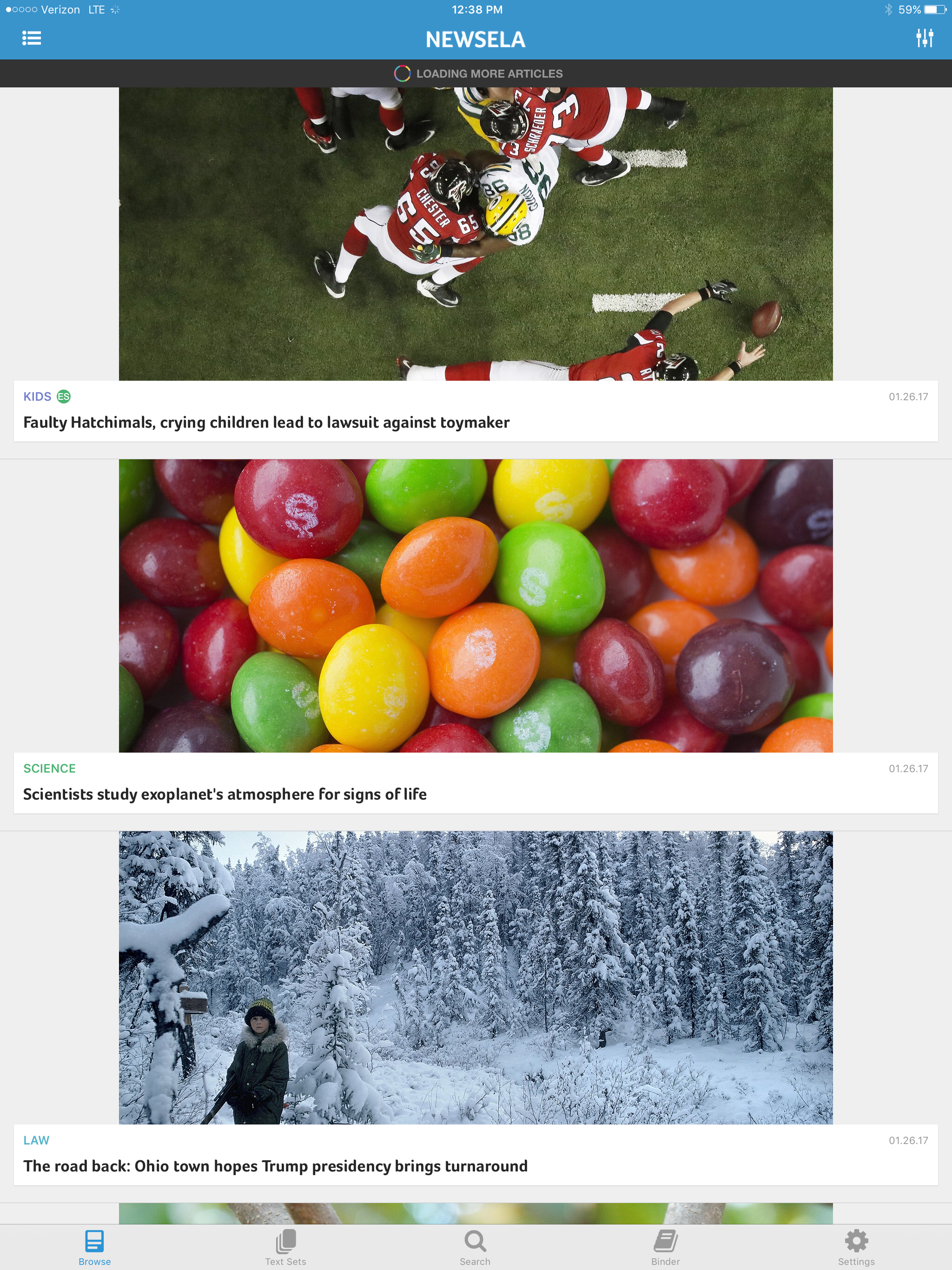Celebrating Diversity & Building Community
IMG_1040
This blog post is partly in response to an extremely intriguing and moving conversation at EdCampHCPS on Saturday, April 1, 2017, and no, it wasn't a joke! Haha. Aside from that, it has played an essential role in my own beliefs and practices as an educator. Thanks to Zac, Alex, Amber, Bryan, Nik, and Maria. What an awesome conversation we had!
I was so fortunate to have been able to attend EdCampHCPS this past Saturday and not only that, but be able to facilitate a session or discussion or conversation about this topic: "Celebrating Diversity and Building Community." I find it important to start with a the why of celebration and building, but further, to identify a working definition for both diversity and community. I believe we are blessed to live in a world that includes different types of people whether those differences are realized through gender, race, culture, language, opinion, viewpoint (perspective) and life choices even.
This is an important conversation to continue to be had. Is there a mold that students are expected to fit in when we really are all different with different backgrounds and experiences that must be taken into account because it makes us who we are? Is there a mold that we as educators are expected to fit in? Are we being asked to change the very essence of who we are rather than attempt to understand & celebrate diversity? The discussion ensued that students are often stripped of their diversity when we expect them to be who they are not, or to fit a predefined mold. How often do we as educators enter the classroom and assume this position: "This is how we do school," even unintentionally? Consider how we limit the learning experiences of students when we choose to intentionally or unintentionally expect every student to be the same.
Suffice it to say we were able to start the conversation at #EdCampHCPS, but we were far from ending it at the time that we were scheduled to move onto the next session.
Thus, the term diversity seems to encompass a whole lot more today than may have been identified years ago, or even captured by dictionary definition. How do you define diversity? Merriam Webster defines diversity as: "the condition of having or being composed of differing elements OR the inclusion of different types of people (as people of different races or cultures) in a group or organization OR an instance of being composed of differing elements or qualities." Why is diversity, specifically celebrating it so important? Melissa Etheridge qualifies diversity as our greatest strength as a nation but furthers her thought to suggest that it too has the power to break us down when we choose not to see the value in it and how it has the power to build bridges, fill gaps and connect us."Diversity is not judging a situation before trying to understand a situation."
Everybody has their own piece of the pie and the pie becomes whole when all of the pieces come together. Or consider the puzzle, if you will. Everybody has something valid to say, but we need to be open to hear it!
IMG_1232
Diversity: the art of thinking independently together. I must say that I agree with these sentiments because I do not see how we will ever lose our difference. However, I do see how those differences can not be capitalized on when we choose to stay separated. We can be different and we can be together. Let's embrace our "different" while we sit at the table together.
IMG_1228
When you think about Dr. Martin Luther King's words here, you can see that though we all have stories, his goal was to bring change to serve the greater good. My perspective is that when we shift our focus on bringing change at this great a scale, it ultimately affects everyone anyway, including ourselves. It does not see us as separate and disconnected, but rather connected at the very core, and only separated due to viewpoints that have not come to the table of "together." What I mean is that there is great value in our own individual perspectives and viewpoints, but there is an immense power when we can bring those all together and reason.
IMG_1227
Where would we be without our ability to see. Let me be clear though, it is possible to be able to see and yet have no vision. We need a call to action. We need to not only understand the why of diversity but also things that we can do in order to bring change to our current understanding and fully move forward with the vision of understanding the role that each individual plays and the power that is created when all of these individuals have the space and time to come together.
IMG_1231
I think it is highly important for students to learn about other type of people, other cultures, others' backgrounds because when this can happen, we can understand for example, why people do what they do and understand how this new learning can improve the individual. I am better when I know a little Japanese, because I then can communicate with Japanese people. The wall or barrier that would have limited me before is removed when I am able to immerse myself into the learning about others that ultimately builds a bridge where there was once a gap.
IMG_1234
How do we take what could rip us apart and translate that into something that revolutionizes us? Melissa Etheridge's thoughts here really make me think. I find it to be amazing that this understanding or lack thereof can build bridges or tear them down. I have personally been in situations that as a black male I am looked upon as someone out to hurt or harm, when truly that could not be farther from the truth. Stigmas and stereotypes exists and often I feel the burden on my shoulders to be the antithesis of what we currently experience. I think this is a perfect example for how we may judge a situation prematurely rather than being open and willing to connect with people, because there is certainly a strength that comes when we take the time to be intentional about understanding and knowing that everyone is not the same, but that they may have an experience that will change me, or make better.
IMG_1229
So on the topic of student support, I believe that we must first learn about our students and their needs before we are able to support them. How are students best supported? Do they all have the same support needs? The answer is no. I believe that it is time well spent when we first understand that yes, we are different and ultimately when we are able to affirm the difference in students, the quicker we are able to use those differences to benefit everyone.
IMG_1636
Involvement is essential. We cannot make diversity and community big ideas unless we have others involved. How can be make it a focus? My goal is to include, whether directly or indirectly, a focus on diversity and community in every lesson that I teach or in every activity that I ask students to engage in. I want them to understand how what they are doing now is reflected in the real world and the connections between them. Not only are we speaking of meaningful learning here, we are talking about getting them ready for real challenges or experiences.
IMG_1226
Empathy is so important. You might define empathy as the ability of one to understand and share the feelings of another. Is it important to integrate this idea into our classrooms? Absolutely. Why? It would totally make us more mindful of what, how and why we do before we do it. It fosters an appreciation for this around us and how we can all help each other in this tangled web we weave.
IMG_1233
How do you define community? With regards to community, what thoughts come to mind when you view the pictures below? In what ways do these images reflect "community?" Merriam Webster provides the following as a definition: "a group of people with a common characteristic or interest living together within a larger society." When think about the following pictures below, I understand that each aspect of the environment or these living elements in the same place, has a role to play. They may have a common interest in the sun, or in oxygen and so while they may be different in organizational structure, genetic makeup, physical characteristics, and even their upbringing or origination to bring it to where it currently is, they can commune together in these photos.
As part of the #FLEdChat Twitter chat on Wednesday nights, I have the fortunate opportunity to facilitate/lead a Celebrate Diversity ('Focus on Diversity') chat on every third Wednesday where the focus is on the importance of both diversity and community as these two components are married together. You can't truly have one without the other. Nevertheless, we converse about philosophy, practices, suggestions and even action plans for how we might embrace these two very important ideas in the classroom, creating the space for students to understand their importance as well as the education body at large.
One of the content areas that I teach is English-Language Arts. I love to integrate technology into the core curriculum at every effective moment. And as a result, this year I moved students from using a paper-and-pencil blogging experience to an electronic means of students responding to their reading, either nightly or at the culmination of each book. Students were able to "personalize" their spaces and make them their own. "Class Press" was the platform and unfortunately they are discontinuing the site as of October 2017. However, students were able to "interact" in a space where they shared about their texts and could comment on each other's posts and asks questions where appropriate. As the educator, I was able to do the same. It was also a great way to help students learn revising and editing, because they could make corrections to their posts at any time.
What I did not count on, or should I say "plan for," was the community that was built. Students really dove in to the idea of commenting on other students' posts. It was not strictly academic either; students were essentially "being themselves" within this secure space. I was able to introduce students to Digital Citizenship as well and how to appropriately respond or pose questions to others. Students had many "coming together" moments and continue to do so, although the platform begins to lose viability as it comes to an end this year. Students literally had conversations about the books as well as many generic topics or writing topics they chose to put on the site. It was enlightening to see the students be able to conduct themselves in such a mature manner as fourth and fifth graders. I am very curious about the direction I will take now, as I want to continue to have students blog in a secure space. I have definitely put a plug out there to Fresh Grade, an e-portfolio platform that I already use, as it will be yet another layer of ability and resourcefulness for the already booming student-centered company.
In summary, instilling an appreciation for diversity and community is of great importance, as it serves the greater good. It points to the idea that we are better together. And in the words of Josh Groban, You Raise Me Up, to more than I can be.
Reflections on FETC (Future of Education Technology Conference)
I have been so busy trying to implement the strategies and tools gained from attending this conference that I am very late on posting this blog. The Future of Education Technology depends on us learning, knowing, implementing, allowing, embracing, and integrating. There was so much information discussed during this conference, from the keynote speakers to the poster sessions and from the breakout sessions to the many conversations and opportunities for sharing with educators from around the state of Florida and beyond. Below is an example of an activity used within a Language Arts classroom that combines the arts with writing. Google Slides allows students to bring these areas together in seamless display.
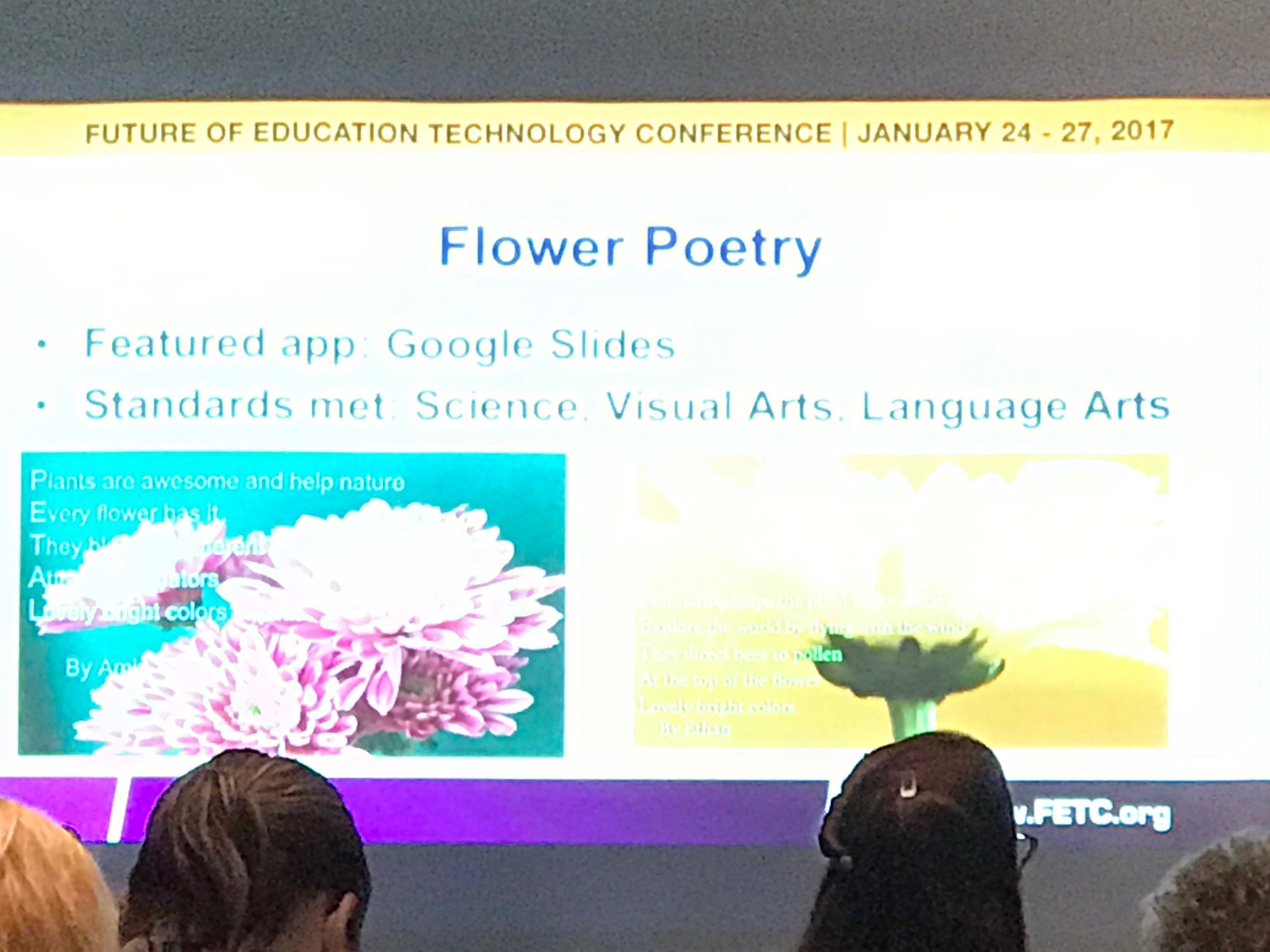
One of the greatest benefits and takeaways from the F.E.T.C. Conference was the understanding that technology can be integrated into any classroom and not only that, it should be integrated. The above visual identifies that way in which a school combined Science, Visual Arts and Language Arts into a cross-curricular experience. There are great benefits to connecting multiple areas of the curriculum so that students can understand these relationships, as well as learn in a variety of ways.

In this example, the presenters discussed a way to bring life to a biography. We certainly cover nonfiction reading as a part of ELA but why not make learning more engaging for students by integrating the technology component? In this example, students either created an image (using Sketchbook EDU), or found an image to to integrated into an app called Cha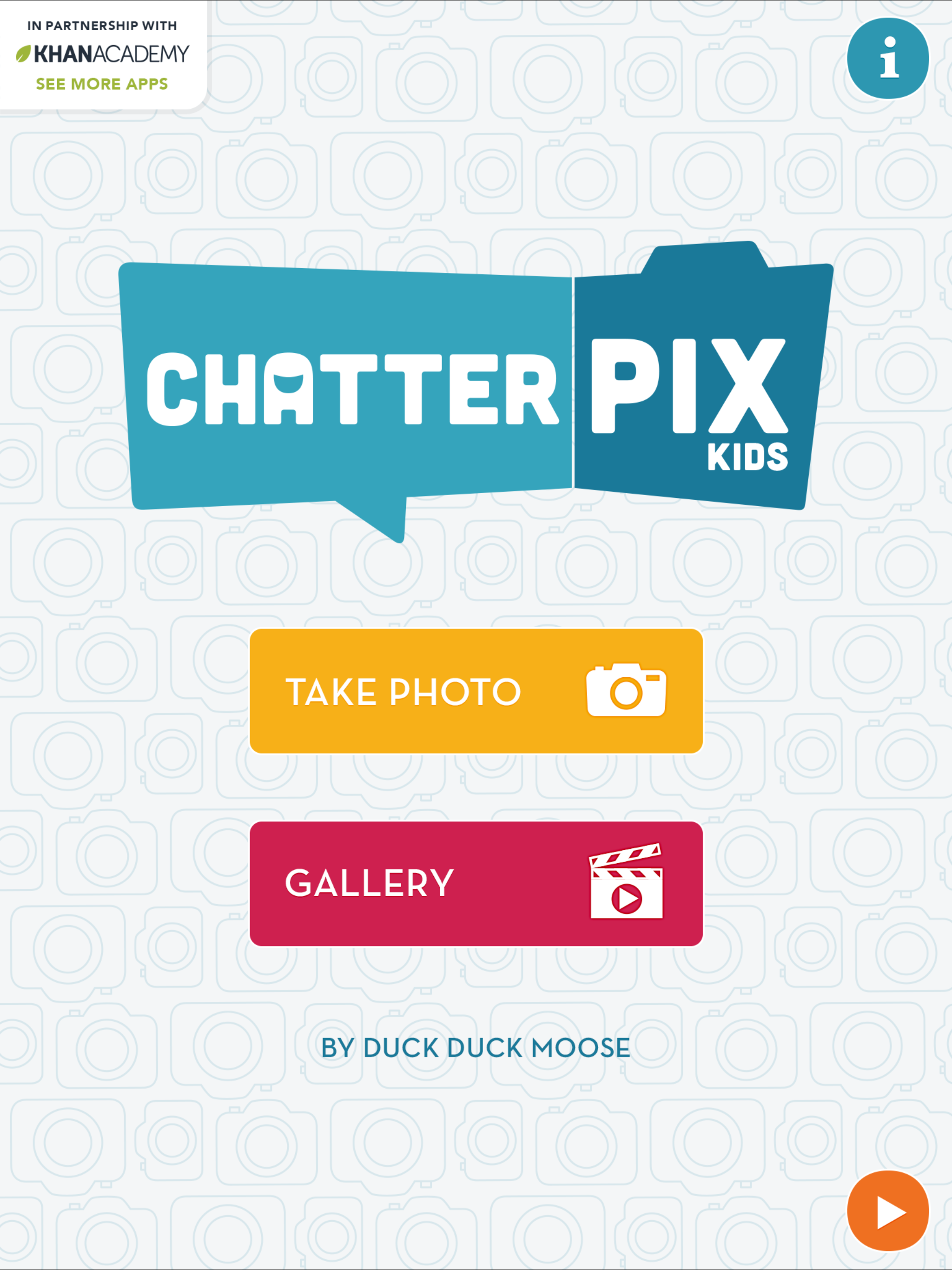 tterPix (screenshot pictured below).
tterPix (screenshot pictured below).
For example, if students were learning about Martin Luther King Jr, he or she might google search for a podium graphic, since it represents much of what Martin Luther King Jr. embodied in life. That graphic can be imported into ChatterPix and using coloring tools, colored over, to become a new image. See the video below, that was a bowl made from glass originally, transformed into Captain Granite.
[wpvideo XhOU0K7c]
EdTech Karaoke (below) was a fun time, as it brought out the singer and songwriter and artistic talents. It was so great to see so many educators who were not only concerned about their classrooms, but music and the arts as well.
The question "Why" should be asked when attempting to integrate technology into the classroom. We want the integration to have meaning for students and we can't just put an iPad in their hands and expect that they would not need guidance in its use. How can we make technology as meaningful as possible? (Consider why the technology is being used).
- Introduce a topic (Nearpod)
- Build understanding - (Google Earth)
- Apply learning (includes voice and choice) - iMovie, Buncee
Newsela allows students to read on an appropriate lexile level and if students require more scaffolding, they can navigate through and select a lexile level more appropriate for them. This is helpful for students as they learning the research process and there is a wealth of information at their fingertips.
What would any conference be like without interacting and engaging in excellent dialogue with other educators? Just as much as the sessions and the keynote speakers, these conversations allowed for rich learning experiences with lots to think about or consider.
 Below is a video that captures a few of the highlights from FETC with my voice in the background. I used this to present to teachers back at the school. It does not encompass everything but do enjoy. It's not about the technology, it is about what you do with it, the pedagogy. Yes! Let's not go backwards.
Below is a video that captures a few of the highlights from FETC with my voice in the background. I used this to present to teachers back at the school. It does not encompass everything but do enjoy. It's not about the technology, it is about what you do with it, the pedagogy. Yes! Let's not go backwards.
[wpvideo qnkBFI5f]
Michael Meechin shared that "The future of education is you." It can't be done without passionate educators who are excited to try new things, make mistakes, make everything a learning experience, both for the educator and the students and ultimately, keeping the students as the unique focus of every classroom.
Recent Events - Where Do we go from here?
By this point, the world knows about the recent hit that the city beautiful has taken. It has been a challenging few days to hold back the emotion and the tears, as we hurt together. Why? That is the question in the minds of many at this time because things like this seem to always happen to innocent, good people. As I began to really think about this whole thing, and read about it on news headlines and media web sites, I wondered what is at the heart of an incident like this. The conclusion I was able to draw is simply that life is fragile and that there is truly no way to knowing when events like this would occur and moreover, to prepare for them. With the life we have, every day must be lived on purpose, and we simply must be there for others, love on purpose, live on purpose and be intentional. Don't wait to demonstrate compassion. As an educator, I know that events such as these would weigh heavily on the minds of students and naturally they will ask questions about these horrific events, perhaps out of curiousity or even fear. It is our duty to embrace, advocate for and protect those we have been charged with. I cannot help but be moved to teach harder, to try even harder to make a difference in the lives I am honored to influence. I think this is a reminder to all who deal with kids that we must be vigilant as well as good listeners. Let them express themselves, interact with them and show them what it means to know love and compassion, as well as acceptance and diversity. It is our duty as educators to not only focus on curriculum but bridge gaps. In fact, we must focus on the character of the students we teach, not just the curriculum. Orlando is still the city beautiful.












